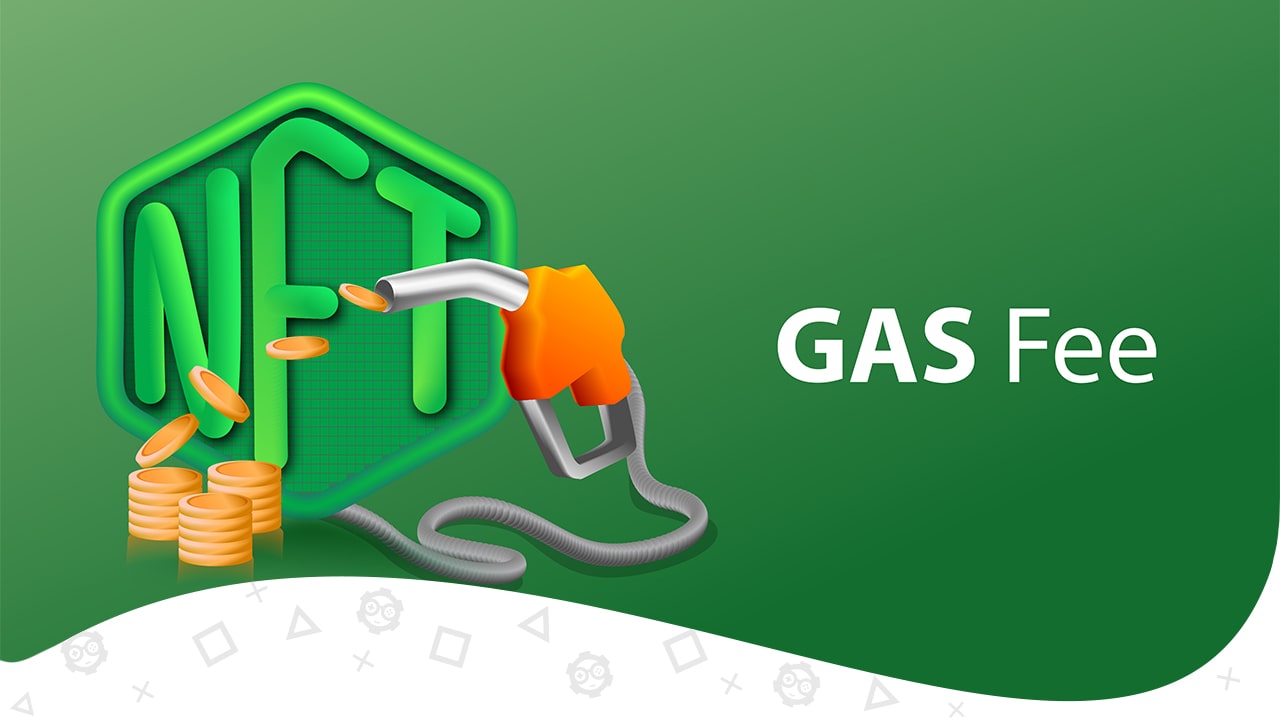The ensuing popularity of NFTs attracted many people, including artists and creators, who consider working over a blockchain network as a means of monetizing their talents. The NFT market proliferated quickly, and thousands of digital files are traded daily. But the process of buying, selling, or transferring NFTs comes with an additional cost: transaction fees named gas fees.
Ultimately, with the constant rise of NFTs and Web3, the mandatory price of blockchain transactions keeps increasing and is one of the largest barriers to enter the industry.
That’s why we will take a look at what exactly is an NFT gas fee, how it works, and how you can avoid paying higher gas fees for your NFT project.
What is a Gas Fee
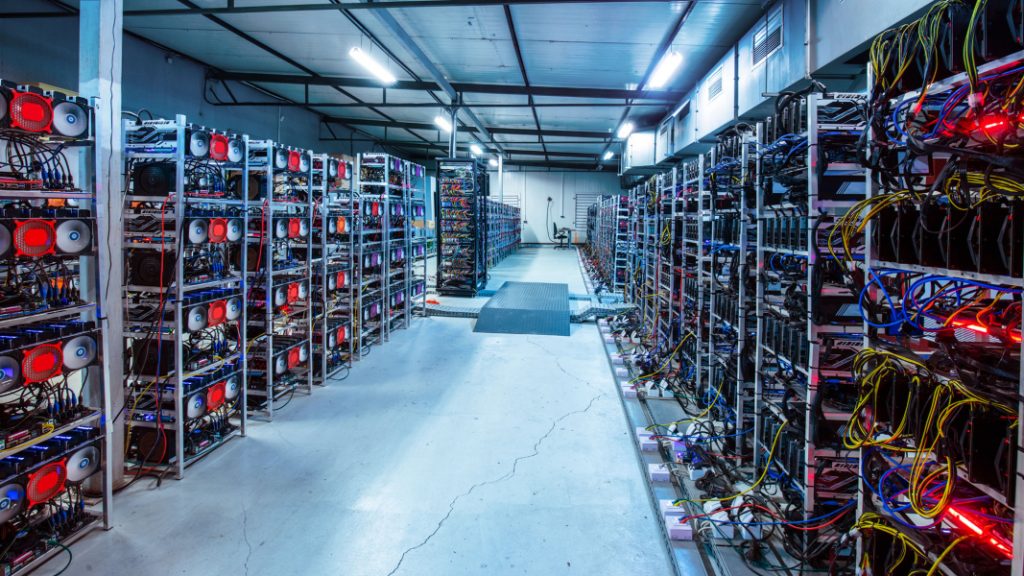
Gas fees are the charge that users must pay to make a transaction on a blockchain. One must pay gas fees to compensate miners for the computing power and resources expended to validate a transaction and, therefore, include them in the blockchain. To summarize, you pay a transaction fee to compensate for the amount of energy spent.
Gas fees are denominated in Gwei. These are fractions of Ether (also known by the initials ETH), the native token of the Ethereum blockchain. We will see how you can calculate blockchain gas prices later.
Gas fees vary depending on the complexity of the transaction and network congestion. If a transaction requires more computational resources, it will demand a higher blockchain gas fee. And if you are making a transaction on peak periods with lots of traffic on the network, it will attract a heftier gas price.
Many creators and artists understand that dealing with NFTs over the Ethereum network will result in paying higher blockchain gas fees and significantly impacting them. And most NFTs sell at a lower price (only a few were worth hundreds of thousands of dollars).
So, combining the base fee to create a new NFT and the transaction fees paid when selling it, there are chances that you may lose money than make a profit. And the price will vary from time to time, making it even more difficult to go for lower gas fees.
This can create a new problem, as artists might lower the price of their NFTs to compensate for the cost that implies a high gas fee. But, buyers would consider those NFTs less valuable and have to decide if they should spend a large percentage of the total cost on gas fees.
How it Works
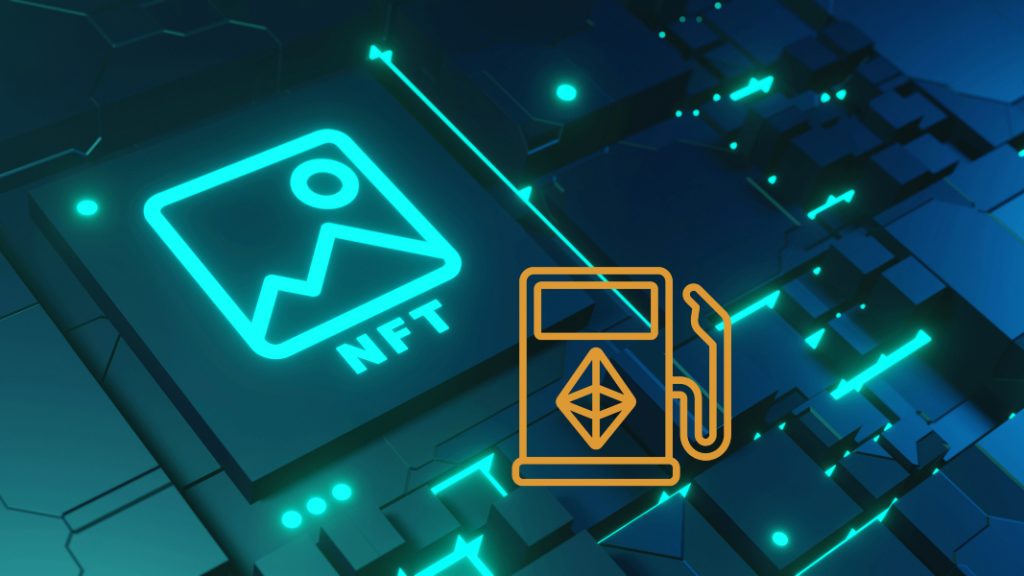
Blockchain technology is a digital log of all past transactions that have taken place over this network, and the ledger is distributed among all miners (powerful computers that manage the network and verify all transactions).
As with all computing systems, energy is used to carry out these transactions. To recompense miners for the work they are doing, gas fees are charged whenever a transaction happens. This applies to minting an NFT, selling an NFT, executing smart contracts, or transferring crypto.
Gas Fees on Minting NFTs

Minting an NFT is the process of converting files into digital assets stored in the blockchain. Like every other process and transaction over the blockchain, minting requires resource-intensive computations from miners. And because the blockchain is decentralized, meaning that it is not regulated by any official authority, it is maintained by miners who mint the NFTs. So, one must pay a priority fee before moving on with the process.
The process itself is pretty easy to do, like uploading an image or a video on social media or YouTube. Then, once you upload the file, you have to approve the gas fee that will come down from your digital wallet. Once it is paid, the minting process will start. As the gas fees don’t apply to the real value of the NFT, users can lose money by just paying gas fees, as the cost can exceed what you paid for such NFT.
The Cost of Minting an NFT
There are three key elements to keep in mind for the cost of minting NFTs:
- The “Gas Fees” for storing and transacting your NFT in the blockchain.
- The “Account Fees” are charged by the NFT marketplace of choice.
- The “Listing Fees” is an extra charge for the sales listing.
Some blockchains may have more expensive gas fees than others, and even those can vary from time to time. The cost of an NFT ranges widely, and it can go from a single dollar to hundreds. And creators may choose to sell their NFTs on different marketplaces, which these platforms will charge differently from one another.
Factors that Determine High Gas Fee Values
Gas fees are dependent on several factors that can determine their high prices for gas units:
- Complexity: A transaction may require less energy than the other. For example, simple transfers over the Ethereum network, like sending ETH to another virtual wallet, are less expensive than processing a complicated smart contract.
- Network Congestion: When a blockchain spikes in popularity, the fee of executing a transaction over the network can increase because there is more request clogging the blockchain. And, in the case of Ethereum, as more applications are built over this blockchain (marketplaces or crypto video games), you can expect the cost of powering these transactions to keep increasing.
- Processing Speed: The speed also will determine the price of gas fees. If you want an immediate result over the transaction, you will pay a high gas fee. But if you are fine waiting for the process to resolve, the gas fee limit will decrease.
How to Calculate NFT Gas Fees
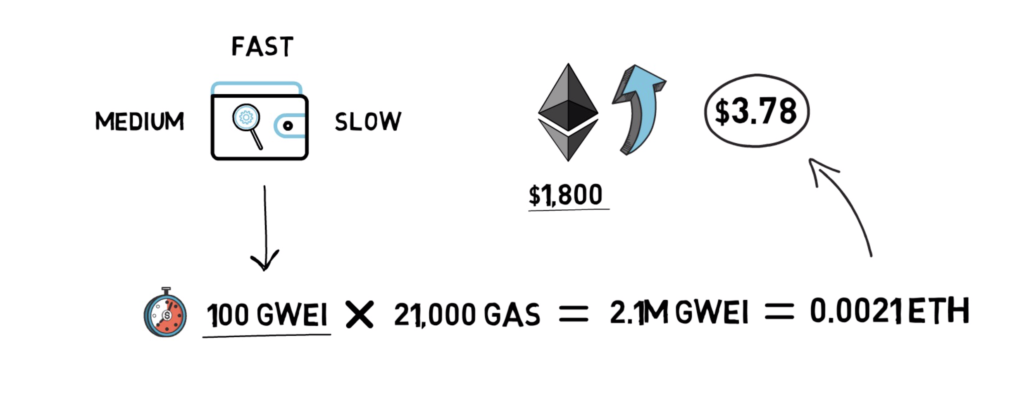
The basic formula is Gas Units (Limit) x (Base Fee + Priority Fee) = Gas Fee.
The gas prices are denoted in Gwei, a fraction of ETH, and the minimum amount of gas needed to process a transaction is 21 thousand units. This makes the base price 200 Gwei (or 0.0000000000712 ETH). A reminder that what can make it go higher is the complexity of the transaction and not the amount. So, if you want to transfer a few dollars worth of ETH to your digital wallet, it will cost the same amount of gas fee as transferring thousands or a million dollars worth of ETH. And a transfer to a wallet, in most cases, costs the minimum amount of gas fee.
Ethereum Gas Fees

Due to its increasing popularity, Ethereum has been a victim of itself. The blockchain has a limited capacity, and with more people using the platform, it becomes more crowded, climbing the costs of gas fees upwards because of its supply and demand.
Its formula is similar, changing the “Priority Fee” for a “Tip,” which is the money that goes to the miner, while the “Base Fee” is burned. Minting on the Ethereum network can be expensive as gas fees fluctuate due to demand on the blockchain and the current price of ETH. The gas fees will increase in high-traffic periods as everyone is competing to get their transactions added to the block.
Additionally, there are some NFT marketplaces that will charge transaction fees (a percentage of the cost of the NFT sold) and another small fee for listing the NFT.
But there are ways to mitigate the price of gas fees for minting and trading your NFTs.
How to Avoid High Gas Fees
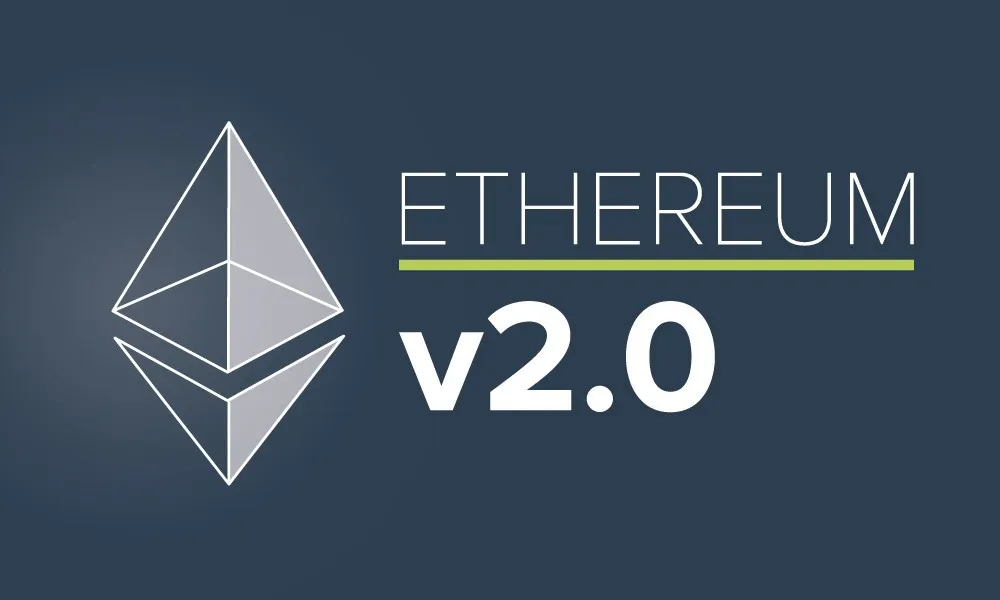
While we are waiting for Ethereum 2.0, which will implement the proof-of-stake consensus mechanism (a more energy-efficient model), we are still dealing with high gas fees over the Ethereum blockchain, the most popular in the industry.
Although, there are some alternatives to Ethereum. One that is rising in popularity is Solana, the second-largest NFT network around the market. It doesn’t suffer from network congestion, and fees are significantly lower than the ones of Ethereum. But a downside is mainly its popularity, as no one is still nearly popular as Ethereum.
There are also other ways to avoid high gas fee prices, even in places that use the Ethereum network.
Making Transactions at Slow Times
Requesting a transaction on a network when fewer people are using it can save you some gas fees. A common recommendation is making those transactions during the weekends for possible savings, as Monday through Friday are typically busy times.
You can also opt for a slower transaction time, as it can also save you some ETH.
Minting Without Paying Gas Fee

Another way to avoid NFT gas fees for artists and creators is implementing “lazy minting.” This process is the delay in recording an NFT on the blockchain.
Some NFT marketplaces like Rarible and OpenSea allow the creation of NFTs in such a way, listing them for sale, and you will pay the gas to record the NFT on-chain once a customer submits an offer. Once the purchase is approved, the gas fee is paid and will be included in the sale price.
Another way you can mint NFTs cheaper is by selling them as a “Collection.” You include a bunch of NFTs in a bundle and sell them as an entire package to the buyer. This will lower the amount of gas fee that you have to pay otherwise for each NFT sold.
Gas Limit
You can set a cap on the amount of Ether a transaction consumes. Although, the transaction might be rejected when setting it. Still, setting a low limit could save some money on gas fees if your transaction isn’t time-sensitive.
If you set the limit at a higher amount than the one needed, you will receive a refund for the excess. Although, you may also wait a long time before a miner is willing to conduct your transaction.
Closing Thoughts
Gas fees power a blockchain and are a necessary barrier to surpass for getting things done. Being a decentralized network, a blockchain relies on nodes working together, so everything is in shape.
They are a hindrance to the market for new artists, creators, and customers, whether you are minting NFTs, buying, or selling them. But with research, good timing, and using marketplaces that are willing to subsidize gas fees, you will find ways to avoid higher gas fees and mitigate costs.

SEO enthusiast and digital marketing strategist. My expertise lies in optimizing websites for organic traffic growth and search engine visibility. I carry out, among others, SEO tests, keyword research and analytical activities using Google Analytics. Privately, he is a lover of mountains and bicycle trips.

